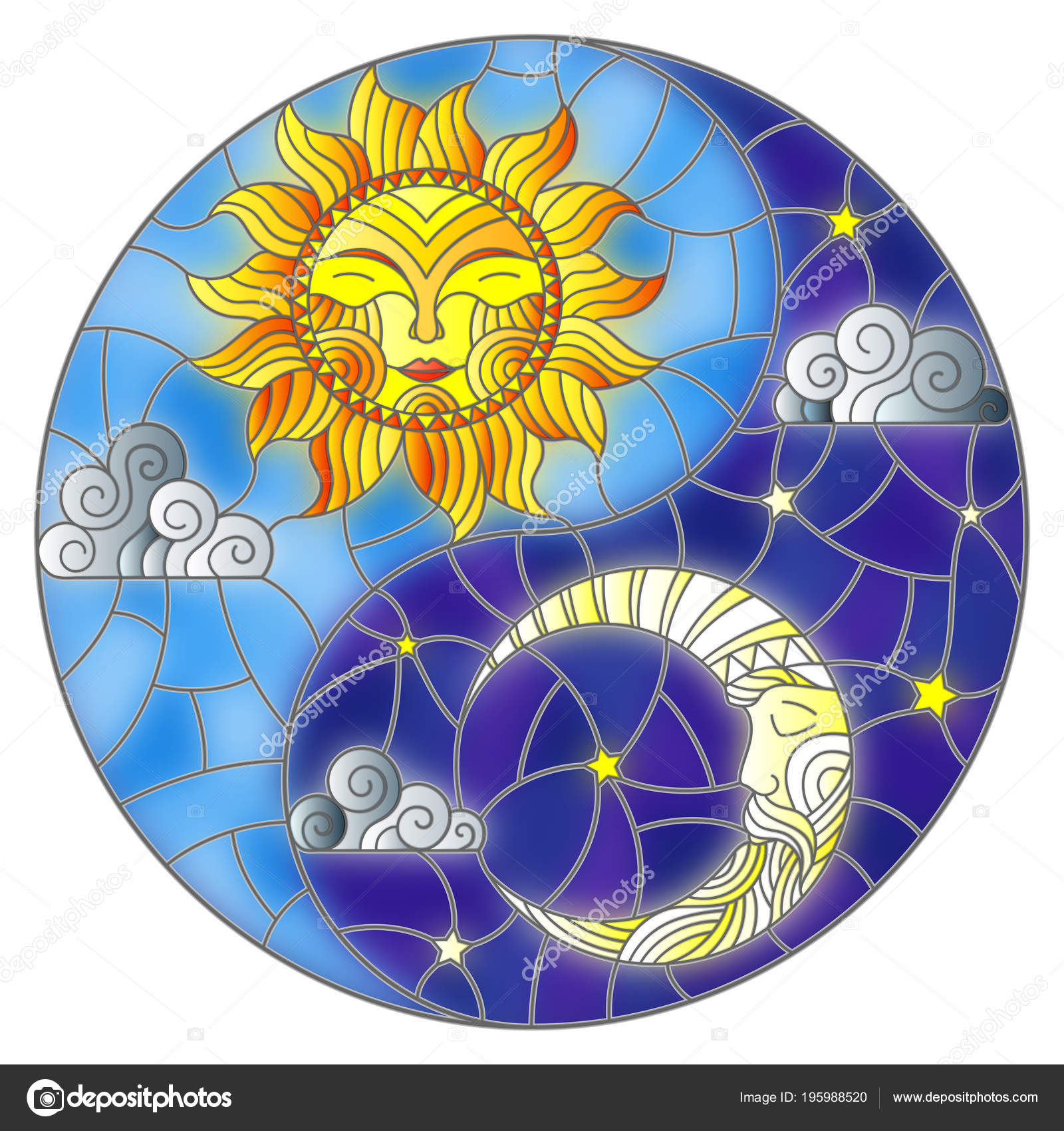

The Zuo Zhuan( Chinese: 左傳) is the earliest Chinese work of narrative history, covering the period from the eighth to fifth centuries BC, as a commentary to the Spring and Autumn Annals, which is the period in which Sun Tzu lived. All these ideas can be traced back to the I Ching, the source work of Chinese culture. It included a number of associated sciences, such as astronomy, numbers, fortune telling, and, most importantly, wuxing, the “five phases” based on the five elements, and zhuguai, tortoise-shell divination that became associated with the Bagua.

Over time, they began include the movement of force ( chi or qi) between opposites and the physical forms of complementary opposites in nature, such as men and women.ĭuring Sun Tzu's era, the fifth and sixth century BC, the Yinyang School of philosophy was one of the six primary schools mentioned by the historian Sima Qian. Later these ideas became associated with the division between the sun and moon, and heaven (light) and earth (dark). In these inscriptions, they were descriptions of the climate, sunlight during the day (yang), and a lack of sunlight at night (yin). The earliest Chinese characters for yin and yang are found on “oracle bones” in the fourteenth century BC. The universe doesn't slip into chaos because the constant, dynamic balance of all things, naturally correct all excesses.

These competing forces generate the patterns of change.Any current situation is a temporary balance point, a stasis, representing the competing natural forces of chaos/order, matter/energy, space/time, mind/body, and all the other forces of complementary opposition. Complementary opposition is the fabric that weaves all existence.Three basic themes underlie this concept. Since Sun Tzu's system deals specifically with competing and counterbalancing forces, it is easy to see why opposition is so important, but the idea goes deeper than that. He described his concept as "emptiness and fullness." Sun Tzu didn't use the yinyang terminology himself. Historically, the conceptual base for Sun Tzu's The Art of War is the ancient Chinese concept of "yin and yang." We refer to this idea in Sun Tzu's strategy as " complementary opposites" to avoid the many conflicting cultural meanings of yinyang.


 0 kommentar(er)
0 kommentar(er)
